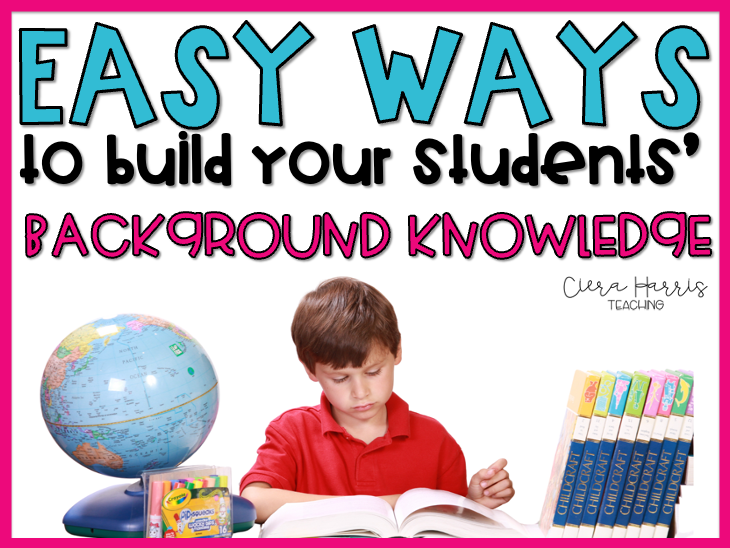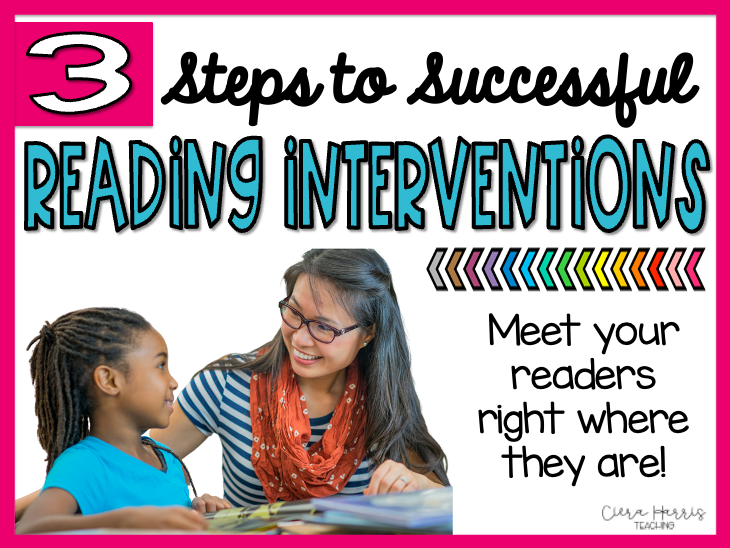If you heard the letters S-O-R, would you know what they mean? I’m sure you do! The Science of Reading curriculum is currently a buzz in schools. However, there seems to be some misunderstanding. It is not just about phonics or decoding! It actually encompasses the entire reading process, including comprehension. So, let’s break down the SOR Series: The Reader Part 1! We will explore exactly what the Science of Reading says about reading comprehension in our readers. 
Want to watch the video instead? Check it out below! Make sure to subscribe to get updates on all new content!
SOR: Three Part Series
Since building comprehension differs for every student, analyzing each part of the SOR Series is essential. This includes the reader, the text, and the task. By examining each aspect, teachers can plan the most supportive lessons for students.
The Reader
Our students are the reason we are here. Teachers work hard to create and modify lessons for each student since everyone has different needs. It is crucial to remember several elements contribute to how a reader forms a cohesive understanding of the text. Essentially, creating meaning takes place as the reader navigates through the text. This is under the influence of the text itself and the surrounding context. In addition, the reader’s prior knowledge significantly impacts the interpretation and understanding of the meaning. So, there are a lot of working pieces that impact comprehension.
Knowing our Students
Since every student brings something different to the reader, teachers have to know who their students are. Honestly, building relationships is one of the most important components to successfully implementing the Science of Reading curriculum in the classroom. Knowing students allows us to provide the support our students need to scaffold and build comprehension.
Using Six Lenses
When working on understanding the reader, it is important to use six lenses to analyze students. These lenses allow teachers to find deficits and scaffolds needed when asking students to comprehend a text.
1. Mental Processing
There is a lot that goes into understanding the mental processing of students! Essentially, you want to examine if the reader has the short-term working memory to understand the material. Additionally, you want to see if they have the critical and analytical skills needed to comprehend the text. However, it is vital to remember that the ability to process varies each day. Students may have an all-time high in the morning and an all-time low after recess. Or, they may struggle when hungry or going through something challenging at home. Since every student is different, mental processing varies for everyone.
2. Overall Reading Skills
It is vital to analyze how skillful the reader is at crucial comprehension skills. This includes inferring, predicting, and visualizing. By understanding the levels of each student, we can provide important scaffolds to help them succeed.
3. Engagement and Motivation
When learning about our readers, it is important to see if the text and task are engaging. For instance, if the topic of the text is spiders, and a student hates spiders, their mind will focus on their fear. So, the topic itself can change the course of a student’s ability to comprehend at their best ability. Additionally, students benefit from having motivation beyond answering simple comprehension questions. They will feel motivated to do their best if they have a purpose and excitement.
Check out The Book of Gold Picture Perfect Literacy lesson and The Book of Gold for highly engaging lessons on theme!
4. Maturity and Sensitivity
This is a big one! Does the material contain themes or details beyond student understanding? Likewise, is it suitable for the reader at that age? You cannot just consider the Lexile level. This only measures the quantifiable data. It does not measure anything when it comes to the complexity, maturity, or sensitivity of the text. It is important to look at the actual situations in the text to make sure it is appropriate for students.
Check out For the Right to Learn Picture Perfect Literacy Lesson and The Right to Learn Book is fantastic way to focus on character perspective!
5. Prior Knowledge and Experience
This is probably the most important when analyzing the SOR Series: The Reader Part 1! I need to remember where I found it, but I read that a student’s background knowledge is the one thing a teacher can count on a student to bring to the table. That’s it. You cannot rely on your students coming in this school year with anything else. Prior skills? Nope. Understanding a main idea? Nope. They have their background knowledge, and that is it.
So, ensuring teachers utilize, connect, and build background knowledge is crucial. This is an essential way to build comprehension! It is also vital to consider their cultural background and how this impacts interpretation. So, teachers must take time to break down, connect, and support their understanding of background knowledge.
6. Culture
In many ways, this connects to background knowledge. A reader’s culture can significantly interfere with a student’s ability to comprehend a text or a book. This is due to the impact of language, context, perspectives, and familiarity with other cultural references. Students may need help understanding important values in America if they are from China. Similarly, there may be confusion behind symbolism, cultural empathy, and themes based on culture. Teachers need to make sure to consider the entire reader when building comprehension.
Be sure to check out The Day You Begin Picture Perfect Literacy Lesson and The Day You Begin Book are fantastic way to work on making connections!
Getting to know readers is one of the most important aspects of the SOR Series: The Reader Part 1. These 6 aspects will help ensure readers have the right scaffolds and support when it comes to comprehension! Implementing the Science of Reading curriculum will bring incredible student benefits!
Check out the rest of the SOR series!
If you do not want to miss any of the upcoming lessons, join my email list to be notified of all the interactive lessons coming up! By joining the email list, you will receive freebies for blog exclusive subscribers!









